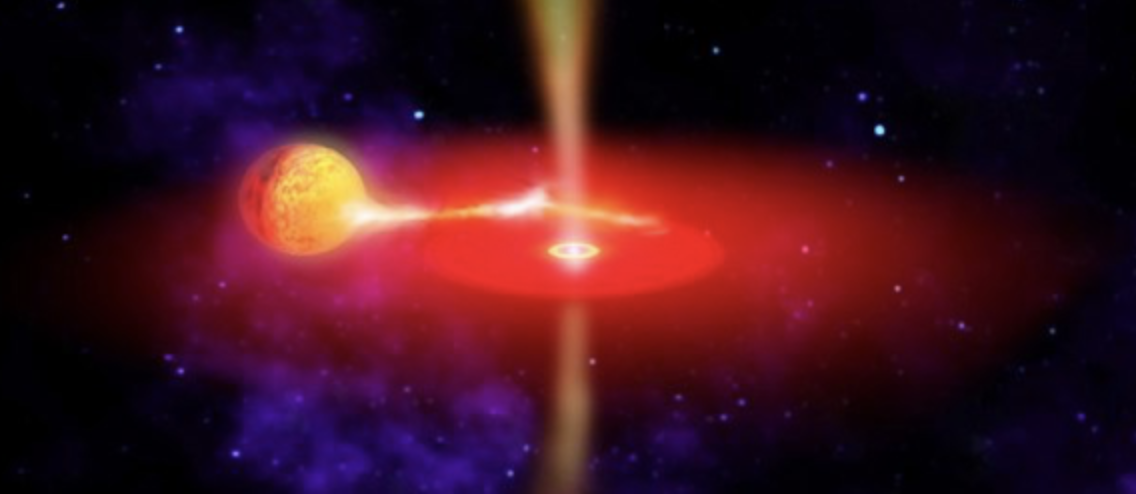
Astrophysicists at UMass Dartmouth use computing resources at the MGHPCC to study black hole's hair!
Read this story at UMass Dartmouth News
The black holes of Einstein’s theory of relativity can be described by three parameters: their mass, spin angular momentum, and electric charge. Since two extreme black holes that share these parameters cannot be distinguished, regardless of how they were made, black holes are said to “have no hair”: they have no additional attributes that can be used to tell them apart.
Physics Professor Gaurav Khanna and Professor Lior Burko of Georgia Gwinnett College recently published a paper in Physical Review Research that highlights how they are able to take measurements to discover a black hole’s hair.
Khanna and Burko used very intensive numerical simulations to generate their results. The simulations involved using dozens of the highest-end Nvidia graphics-processing-units (GPUs) with over 5,000 cores each, in parallel. “Each of these GPUs can perform as many as 7 trillion calculations per second; however, even with such computational capacity the simulations look many weeks to complete,” said Khanna.
The team showed that for extreme black holes, hair is a transient behavior. At first, they behave as extreme black holes would, but eventually they behave as regular, non-extreme black holes do. Burko summarized the result, saying, “Nearly extreme black holes that attempt to regrow hair will lose it and become bald again.” The team also discusses the observational feature with gravitational waves observatories such as LIGO/VIRGO or LISA which found the smoking-gun detection of nearly extreme black holes.
Story image: Artist rendition of the capture and tidal disruption of a star by a massive black hole via UMass Dartmouth News
Lior M. Burko, Gaurav Khanna, and Subir Sabharwal (2019), Transient scalar hair for nearly extreme black holes, Phys. Rev. Research, doi: 10.1103/PhysRevResearch.1.033106